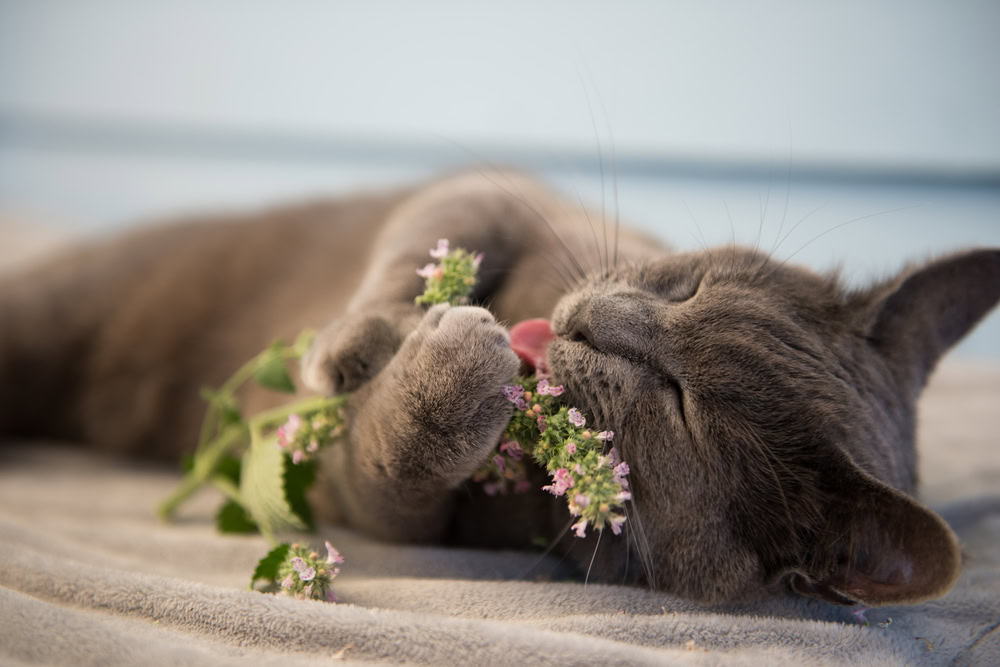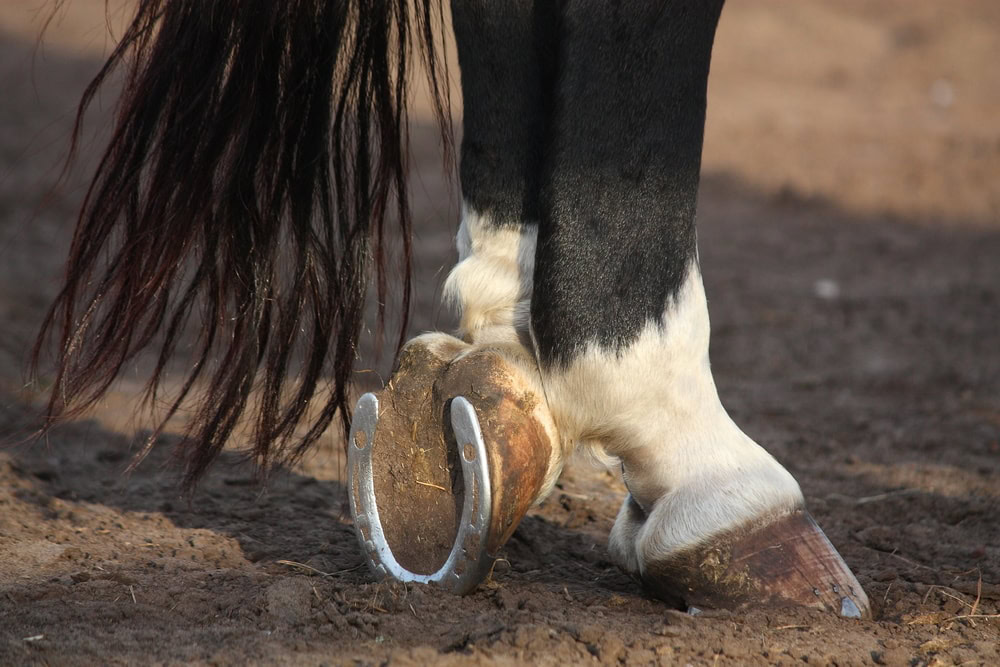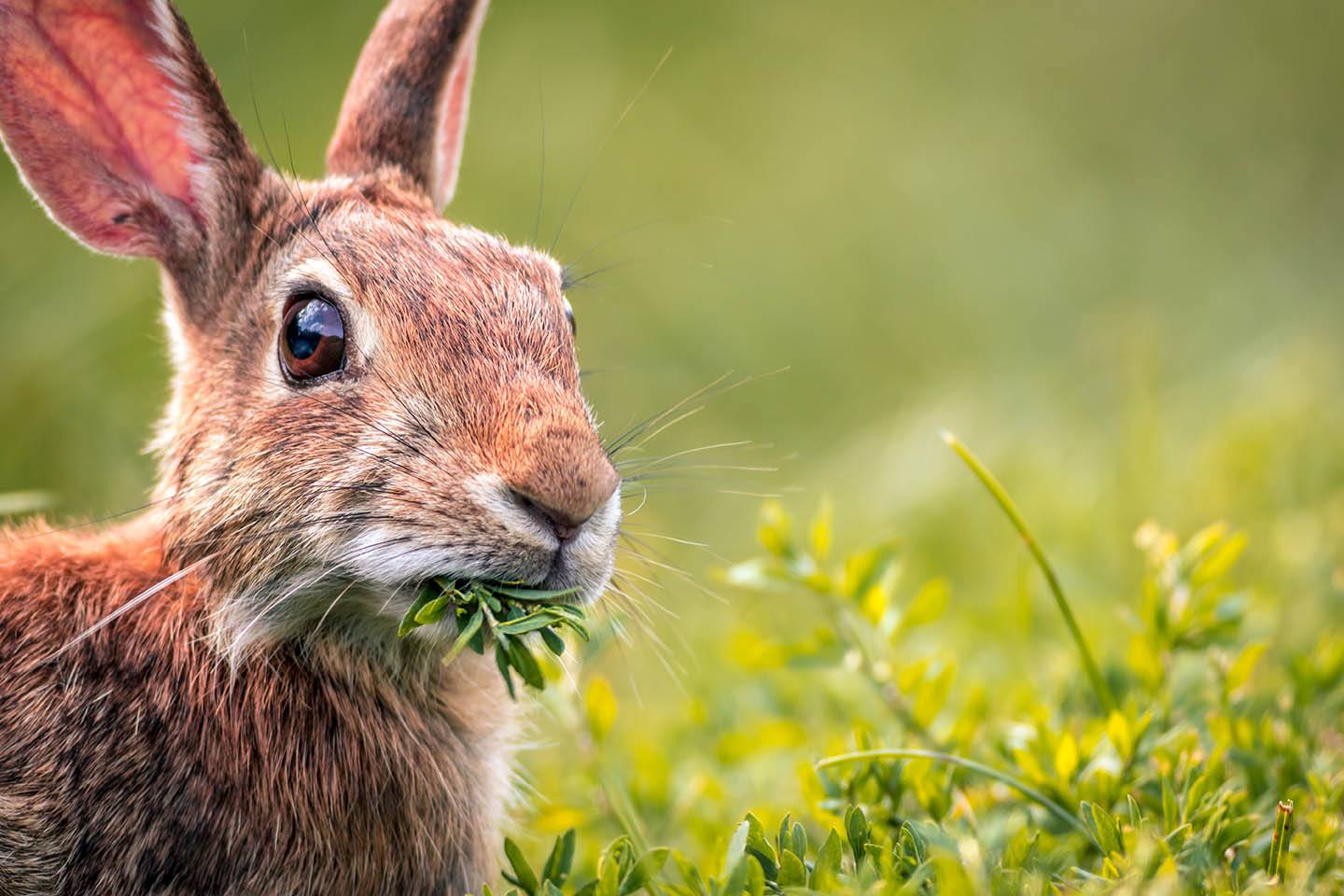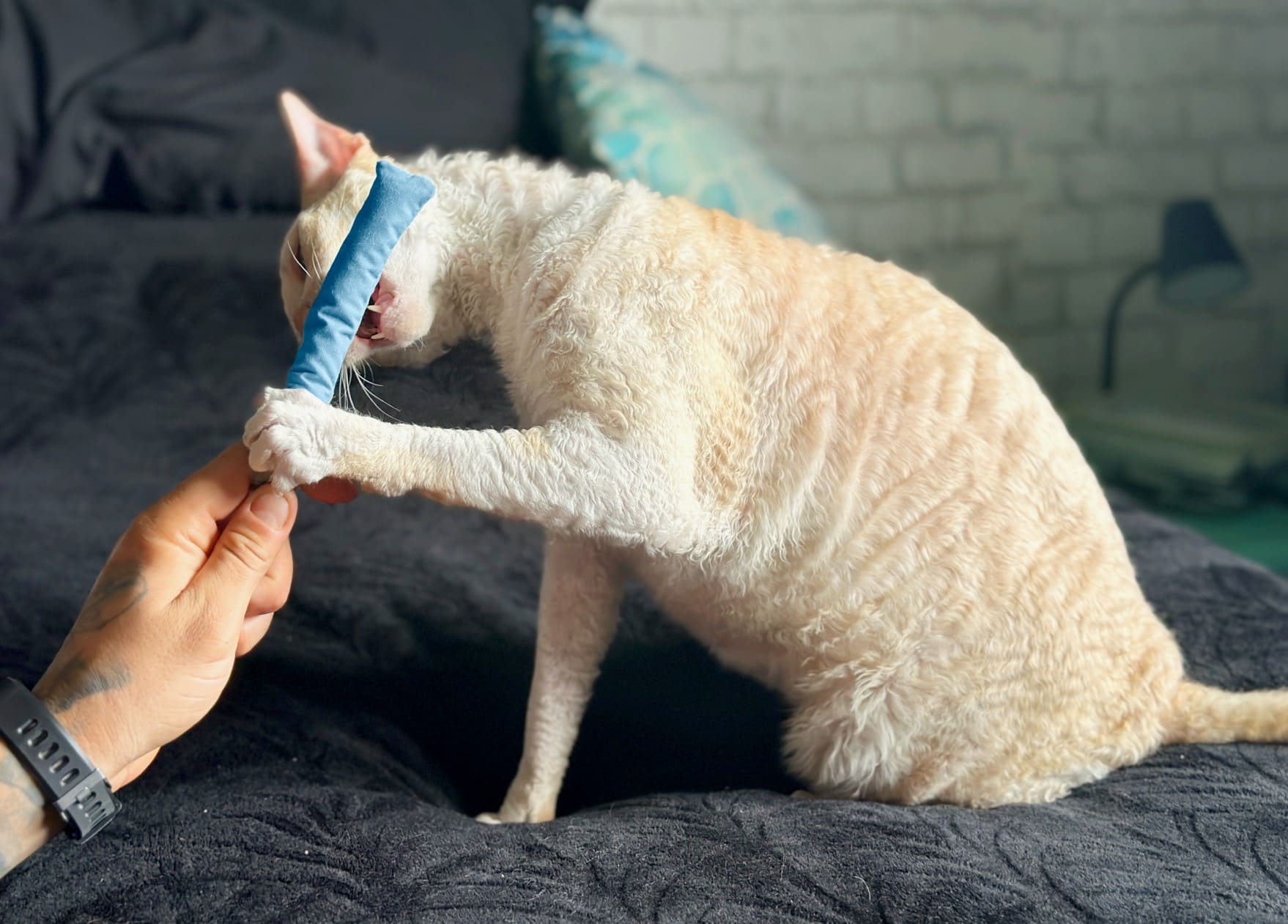VET APPROVED

The information is current and up-to-date in accordance with the latest veterinarian research.
Learn more »Our feline friends are great companions to keep us company. But cats are known to have an independent nature, and because of that, they can sometimes become a bit unruly. That’s why you might want to grab some catnip to help keep them content. However, catnip isn’t always available in stores, and you can save money if you grow it yourself.
Let’s talk about how you can grow catnip at home, with eight tips and tricks to get those buds sprouting in no time!

The 8 Tips to Grow Catnip
1. Wait for the Right Seasons or Stay Indoors
When it comes to growing many plants, it’s best to stick to spring to start planting and caring for new vegetation. The best time to grow catnip is expectedly in the spring, but it’s still possible to start in both autumn and spring if you keep everything indoors. If you keep catnip growing inside, you can control the temperature and moisture of the environment, resulting in more reliable success.
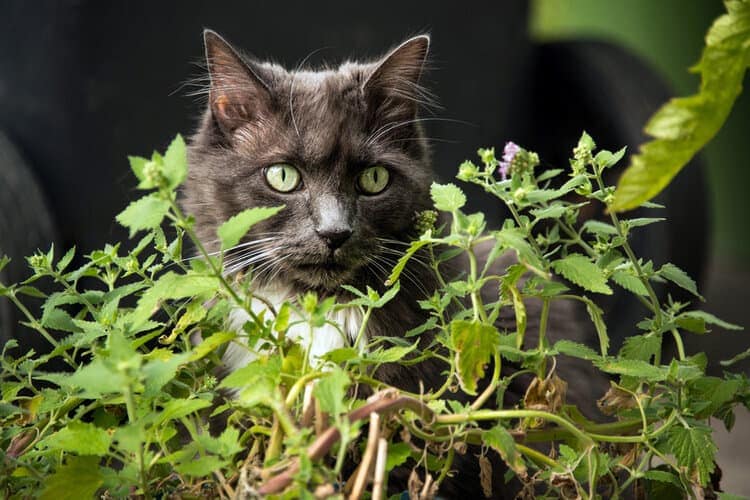
2. Grow Catnip in a Contained Area
Catnip is a relatively easy plant to grow so it can be grown in a container or in a garden. It’s best to use a container, though, because in gardens, this plant can be a bit invasive due to its rapid growth. There are many options that you can find in pet stores that come with an entire kit to get you started. Provided with seeds, a container, and soil, you won’t have to worry about anything else but water and light.
3. Use the Correct Soil
Before you plant your seeds, you’ll want to make sure you have the right materials to use for soil. Start with potting soil, which is the most common and basic form for growth. You can also use coconut coir, although it may be a bit more expensive. However, those of you who buy a kit should already have a base for growing catnip. Keep in mind that the soil should be mixed evenly so that the nutrients can reach other seeds if you’ve got more.
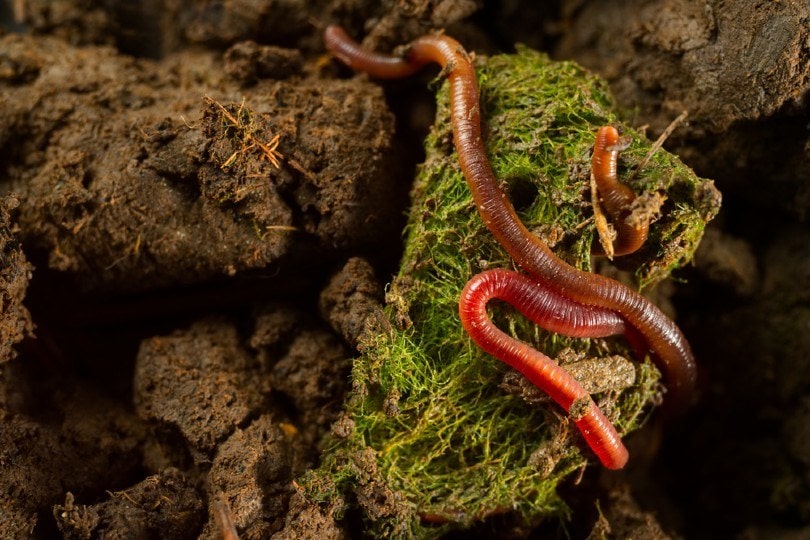
4. Bury Seeds at the Right Depth
When it comes to planting catnip, it’s recommended that you put seeds at a depth of to ¼ of an inch. However, if you’re burying multiple seeds, you’ll need to spread them apart evenly. Keep individual seeds 15 inches from one another to allow for optimal growth. If you don’t have a measuring tape, use your finger to make a small impression in the soil, no deeper than your nails.
5. Place Seeds in a Sunny Location
If you’re planting your seeds indoors, it’s best practice to put your container or pot on a windowsill so that the sunlight can reach the sprouts easily. Check the direction and make sure that the window is facing east or west. This ensures that there will be prolonged sunlight throughout part of the day, in which case a minimum of 6 hours is needed.
You may also want to rotate your catnip container or pot every so often. Outside, just make sure to put them in an area of your garden that gets plenty of sunlight but where there can be shade during part of the day.
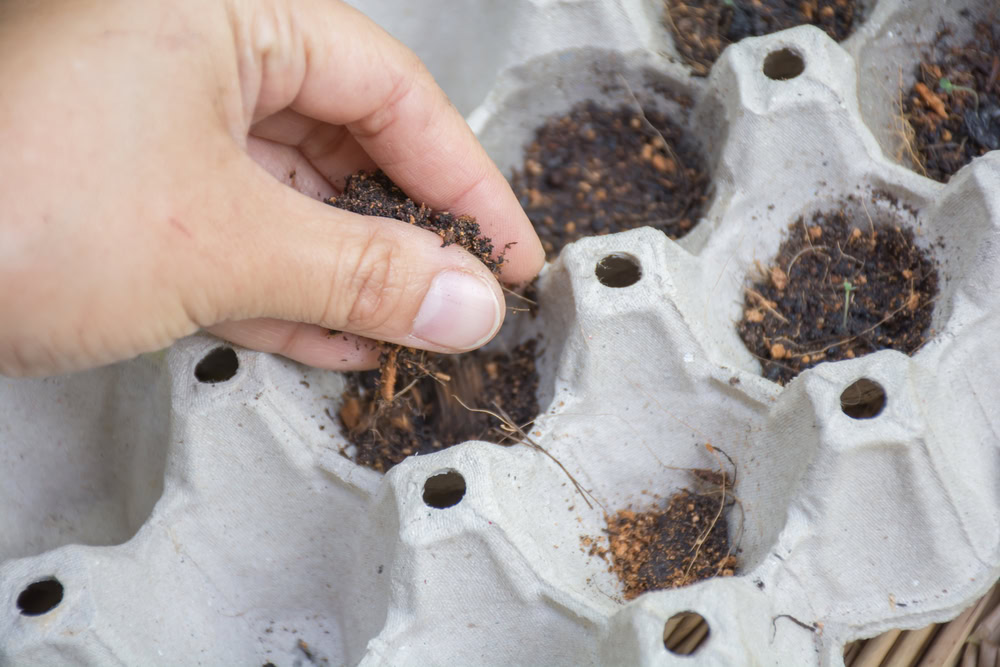
6. Water Catnip Plants Occasionally
Catnip plants have the best rate of growth when they are not heavily watered. The soils we mentioned above will hold a lot of water so they don’t need to be watered every day. After watering your catnip plants, check every so often until you notice that the soil is dry at 1 inch of depth. If it’s dry down there, consider watering again and repeat the process.
7. Prune Them Often
The germination period of catnip seeds is just over a week, so they grow quite quickly. You’ll notice that the flowers can become long and dangly, cut back flower stalks and leggy stems by about one-third of their length to encourage branching and fuller growth. The new growth will be denser and healthier after doing so, and you’ll have more to choose from.
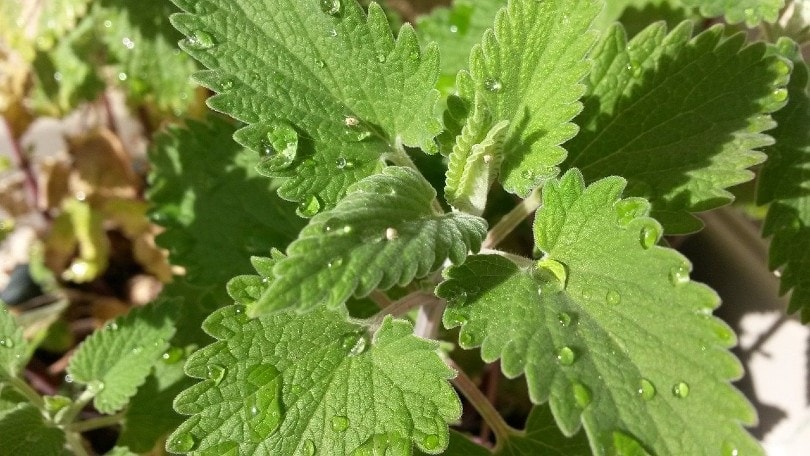
8. Treat Your Cat to Some Catnip!
Once the flowering of your catnip is in full effect, the catnip is at its prime. You can harvest the stems once the plant reaches about 6 inches long, although if you wait till just before or during early flowering, your catnip will have the strongest aroma and effect.
The catnip can be given as enrichment, which promotes euphoria and pleasurable feeling if sniffed or in some cases calmness if your feline ingests it. Otherwise, just wait for your next catnip to flower and repeat the process!
A Word of Caution
Catnip can quickly become invasive if the conditions are right. This resilient herb can easily spread through both seeds and underground runners. Once it has taken root, catnip can rapidly take over garden beds and push out other plants, particularly in sunny areas with well-drained soil. Due to its abundant seed production, new seedlings may emerge in the following season even with regular harvests. To prevent catnip from becoming a nuisance, it is advisable to grow it in containers or raised beds, remove the flowers before they seed, and divide the plant every few years to manage its spread. By taking these precautions, you can enjoy the benefits of catnip for your cat without it taking over your garden.

Conclusion
Catnip is one of the best ways to help your cat stay happy in the household. As it turns out, it’s actually pretty easy to grow your own, so you don’t need to buy refills from the store or worry about availability. Plus, you’ll be giving them catnip freshly grown, and that’s something you can be proud of! We hope these eight tips and tricks have given you a better insight into how the process works. Your furry little friend will thank you!
Featured Image credit: Anna Hoychuk, Shutterstock
Contents
- The 8 Tips to Grow Catnip
- 1. Wait for the Right Seasons or Stay Indoors
- 2. Grow Catnip in a Contained Area
- 3. Use the Correct Soil
- 4. Bury Seeds at the Right Depth
- 5. Place Seeds in a Sunny Location
- 6. Water Catnip Plants Occasionally
- 7. Prune Them Often
- 8. Treat Your Cat to Some Catnip!
- A Word of Caution
- Conclusion
